Tutorials / COMPOSITION, ALL TUTORIALS
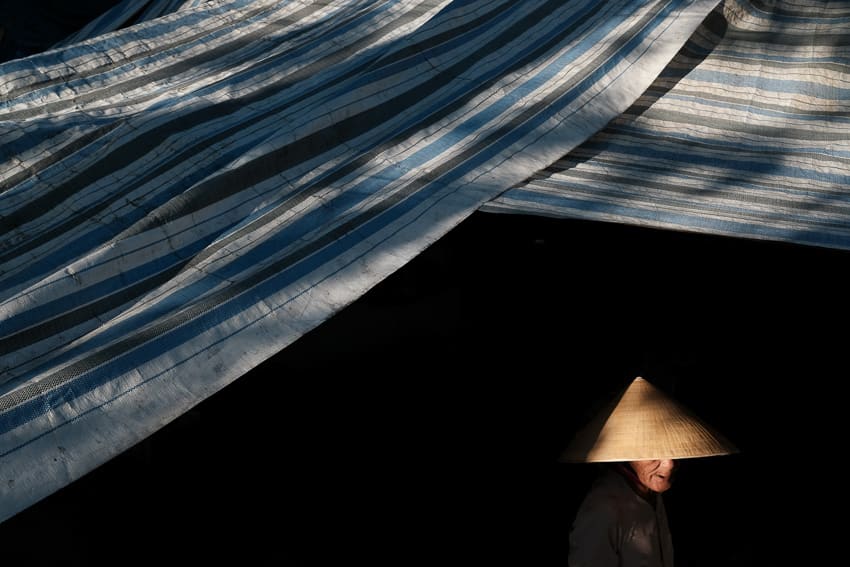
The Rule of Thirds
Whether you believe there are rules in photography or not, you surely have heard of the rule of thirds. This is one of the first rules mentioned when studying photography, and I will try in this article to define how I myself use the rule of thirds. As we focus our photography on people in Asia I will use travel photography focused on people to illustrate this article, but this applies to every genre. And yes, I do believe there is a need to teach people about the rule of thirds. "The rules are meant to be broken", or "people need to follow their instincts"... are arguments I often hear. But you won't teach a child to speak by just saying "go ahead and speak". There is the grammar for a reason, that needs to be studied and understood in order to master the language, or, in our case, photography. If you think this is going to be yet another basic article about the rule of thirds, think again...
It is fairly simple: dividing your frame into 3 sections will create lines of thirds. Placing your subject or point of interest along those lines, or at the crossroad of those lines will enhance the dynamism of your image.
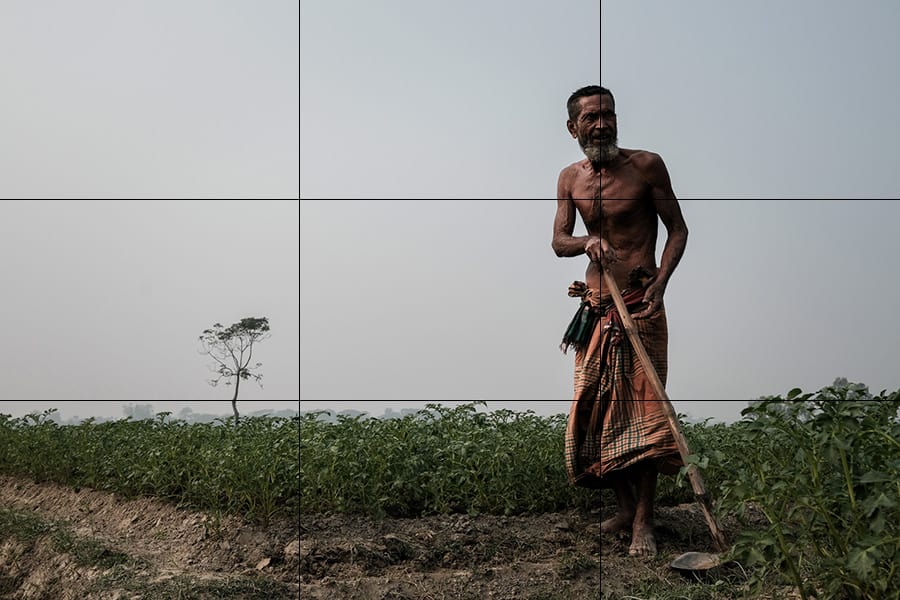
If you start analyzing and looking closer at photos and graphic designs you will start seeing the rule of thirds being used everywhere. It creates a 1/3 – 2/3 ratio that is more pleasant to the eyes than an even 50/50. Go ahead, look at your favourite TV show or series and you will see this rule being used all the time.
For people photography, the rule of thirds also implies that our subject, when placed on the third, should be looking into the rest of the image, and not towards the closest frame.
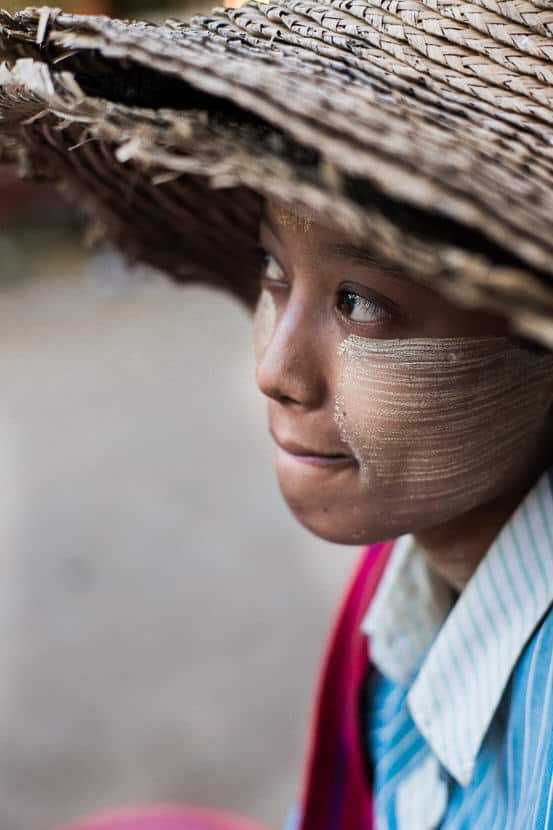
Rule of thirds opposite middle placement
Something I often mention is that I prefer to tell people not to stick things in the middle instead of telling them about the rule of thirds. Because after all, this is what the rule of thirds tells us, and the most common mistake beginner photographers do. Sticking things in the middle. If you want to read more about middle placement for people photography, here is the link to our article.
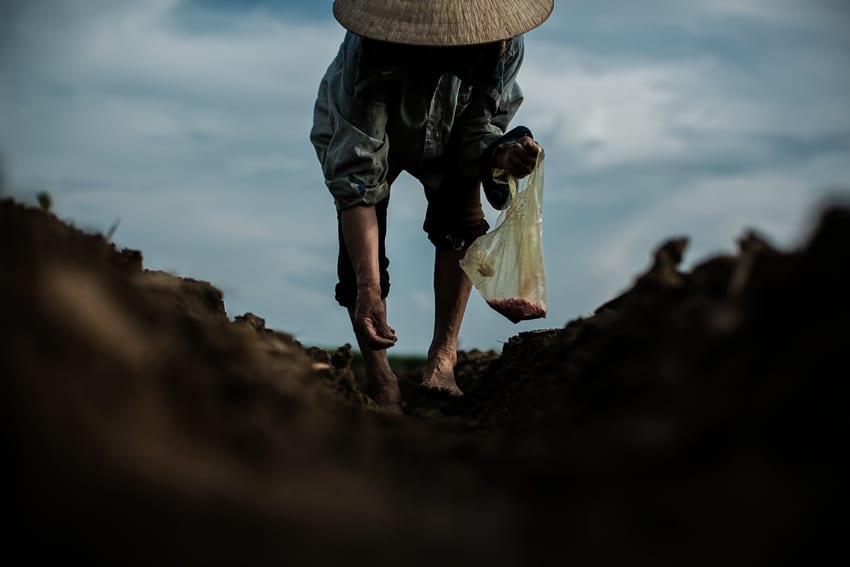
So why to use the rule of thirds? And when to use it?
As mentioned earlier, placing your subject along the line of thirds will make your image more dynamic. It works if you are trying to increase the dynamism of your subject of course, so not in every situation. It goes against the feeling of motionlessness, quietness or peacefulness.
The rule of thirds isn’t the first thing one should think about when composing, it comes well after a big part of the composition work has been done as I describe here. But it has to become a rule that a photographer applies without really thinking about it, as it helps in building a whole more interesting composition as we will describe below.
The rule of thirds also helps to place your horizon along the horizontal lines of thirds instead of the middle of your frame, mostly for landscape photography. Placing it on the higher line will give a sense of stability, as the ground has more visual weight than the sky and will give a feeling of strength. On the contrary, placing the horizon line on the bottom line will give a feeling of instability, weakness.
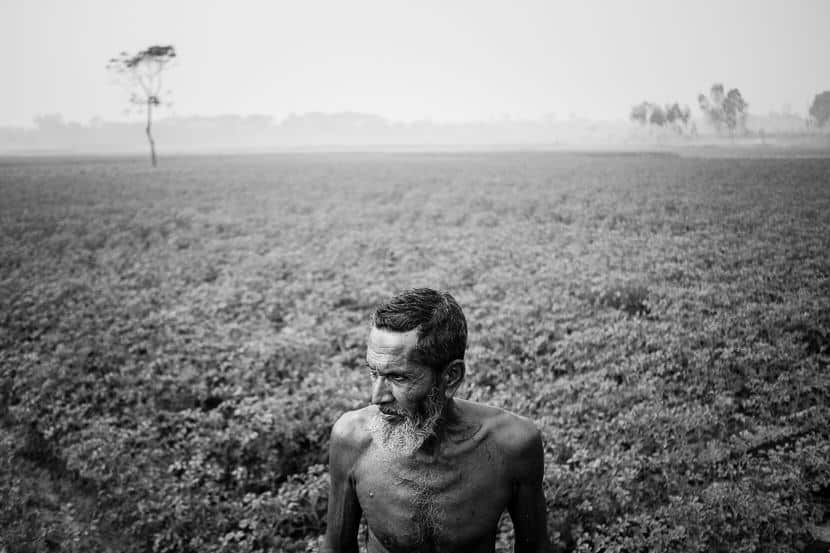
Technically speaking, there are several camera techniques that will help apply this rule, but I find one of them being more effective than the others for people photography.
The first way would be to shift your focusing spot (or area) to the side, on one of the thirds. It does make sense to do that mostly for moving subjects. Once you have placed the focusing spot where you want your subject to be, you only have to switch to continuous focusing mode and the camera will automatically track your moving subject, which will be placed on the thirds.
Another way is to keep your focusing point centred and using single focusing mode (or Af-S), focusing on your subject in the middle and then recompose it on the thirds. I find this technique being the fastest one for everyday situations as it is faster than shifting the focusing point. For candid people photography, we can’t know what will be coming next, which is why I recommend keeping your focusing point in the middle.
For portraits:
Placing our subject on the thirds when doing close up portraits would also help us to apply another rule of composition, which states that we can place the dominant eye of our subject in the middle of the frame. For more awesome tips about portrait photography, check out this article.
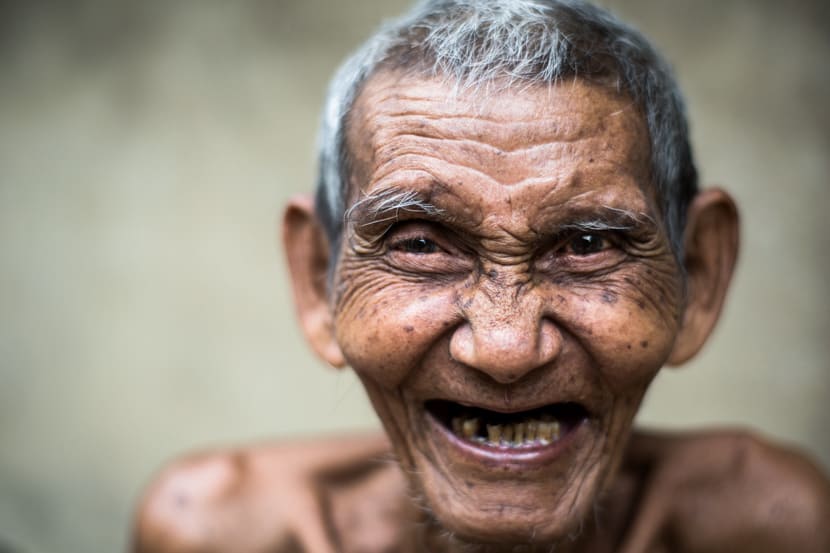
The rule of thirds isn’t only about lines and placing your subject along those lines. You could also think about balancing colours into thirds.

It’s all about Balance:
Placing your subject on the thirds literally means that you will unbalance your image if you do not find something else to balance it on the opposite side. And this is what I believe most tutorials do not mention. It is all right to place your subject on the third of your frame, but it is not enough to create an interesting image.
Unless your subject has great features and takes a lot of visual weight or the general mood of the image is very emotional, your images tend to be a little boring if only placing a subject on the thirds.

Let the eyes travel through the frame:
When placing our subject in the middle, all the lines lead to the centre of the frame. Our eyes go from the outside of the image to the inside, and our eyes will rest for a moment into this central area.
When balancing subjects on the thirds, it creates a different effect: the eyes travel from one side of the picture to the other, giving it more time to explore the elements which are present on the way. By trying to combine several elements in your frame (meaning not just 1 main subject, but other supporting characters) you will be able to create a more harmonious flow.
The viewers’ eyes will be going from one-third of the image to the other, creating a line that will lead from one side to the other, spreading the visual weight.
Adding what I call a “third element” and placing all of them as a triangle shape (also called “Tac Tac Tac” for the ones who have been enjoying my workshops) will lead the eyes through the whole frame and give a great dynamism to it.
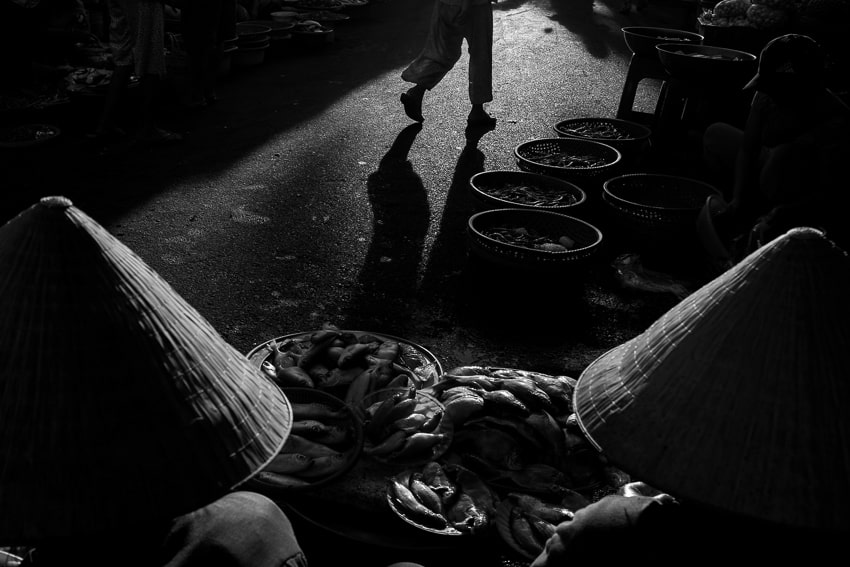
Following proportions instead of lines:
Also, the rule of thirds isn’t straight lines only, and can also be used as proportions! Which means you can use these proportions diagonally. To me, the rule of thirds isn’t following lines, but creating a ⅓ – ⅔ proportion with the composition. By using proportions and not only following lines, we are now able to play with these proportions in corners, creating diagonal lines.
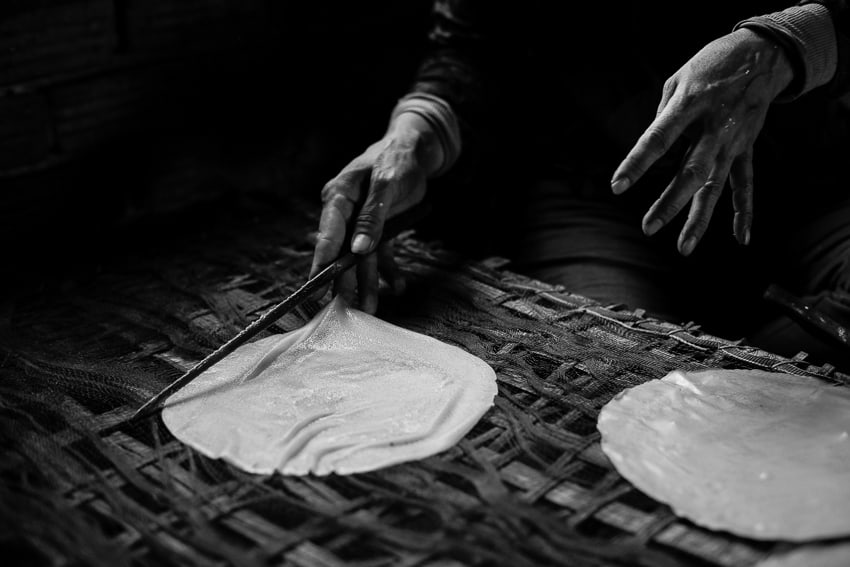
This is linked to the rule of odds, that states that we are more attracted to uneven numbers in composition, or in this case, uneven proportions. By applying the rule of thirds as proportions and creating lines which are not vertical nor horizontal but have an angle, it opens a wide range of possibilities for your composition.
For example, If you look closely at the image below, you can see that it looks very much like the golden ration frame.
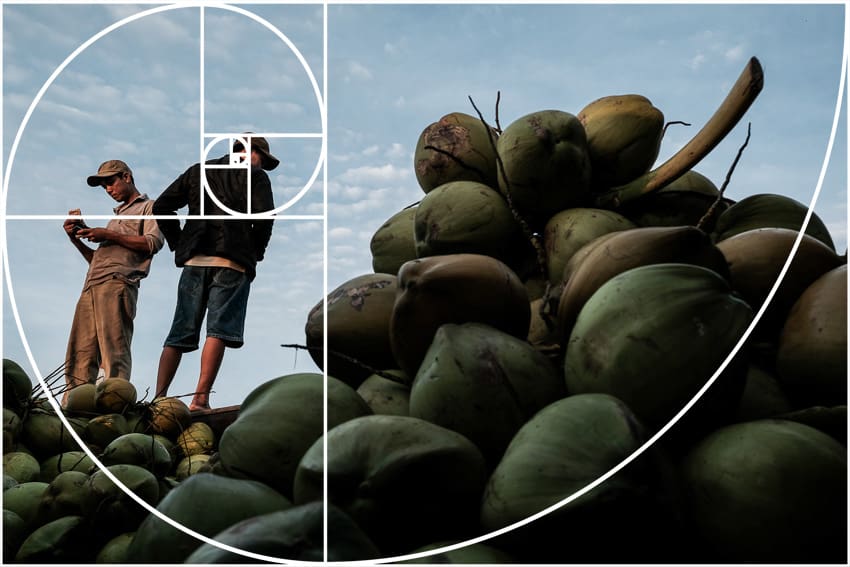
As I already described in another article, placing our subject in the middle of the frame is a way to break the rule of thirds. What it does it that it creates a different feel to the image, much more peaceful and quiet, less dynamic. It works very well on certain subjects.
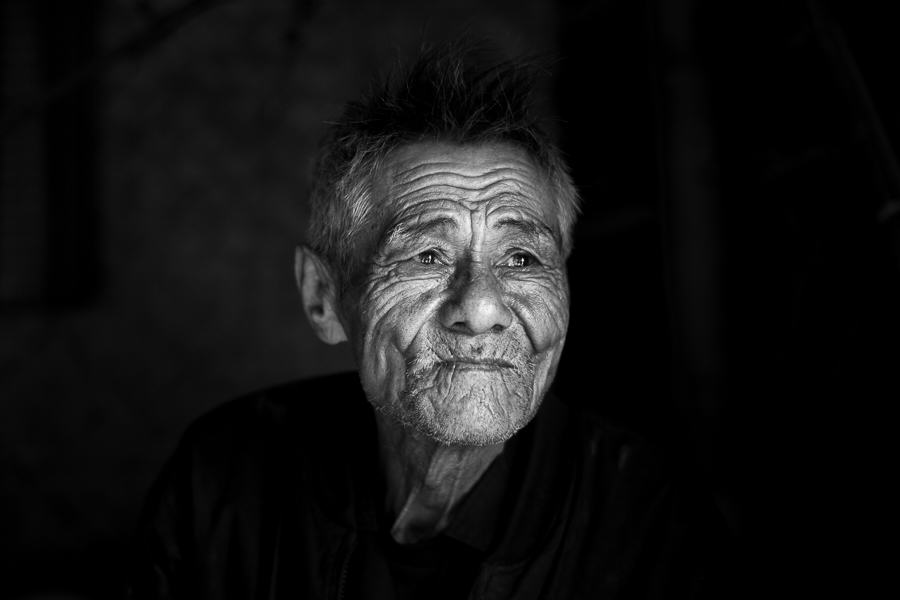
Your subject could also be looking into the frame if this is an effect you are looking for, breaking the usual placement and surprising the viewer.
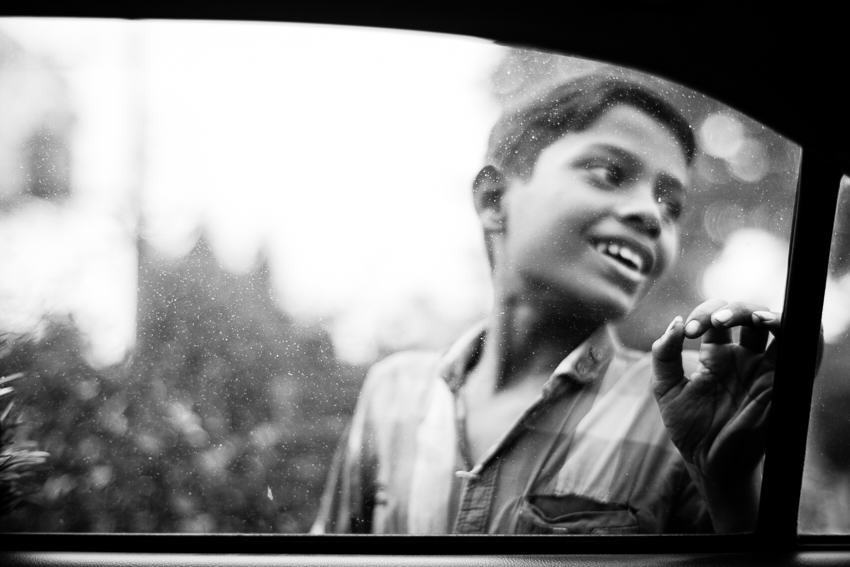
You can create other rules, in order, as we explained above, to let the viewer’s eyes travel through the frame.
This means we could come up with the rule of fourth, or even the rule of tenth! This will also help us creating more emotion to our image with the use of negative space.
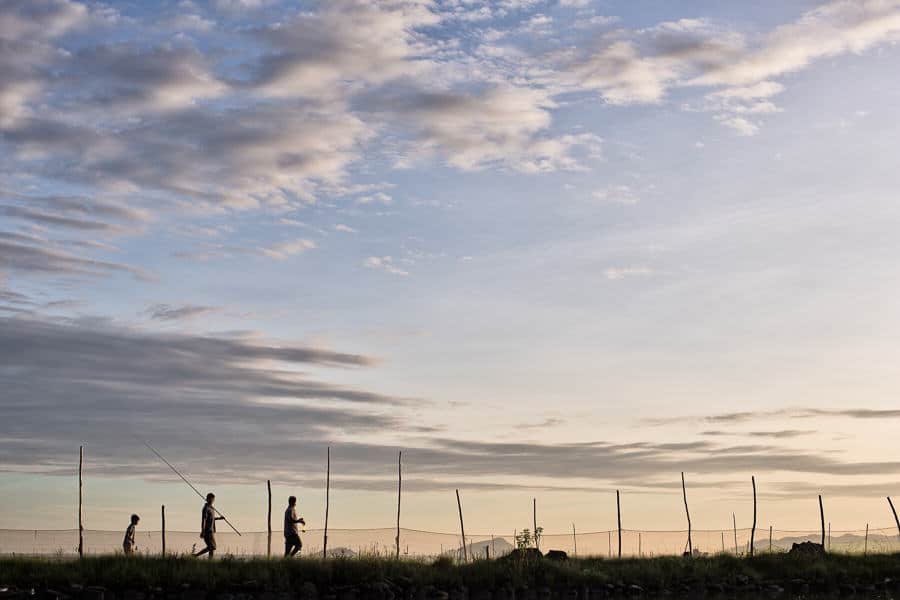
As you can see, using the rule of thirds more creatively will help us come up with more interesting compositions and instantly create a new set of rules for our composition, like the golden ratio or the negative space.

[…] even. Of course, these rules apply, and work very well. I even have blog posts about them (so far, rule of thirds, the rest later, uh?). So what else? Well, everything I must say! These so called […]